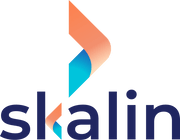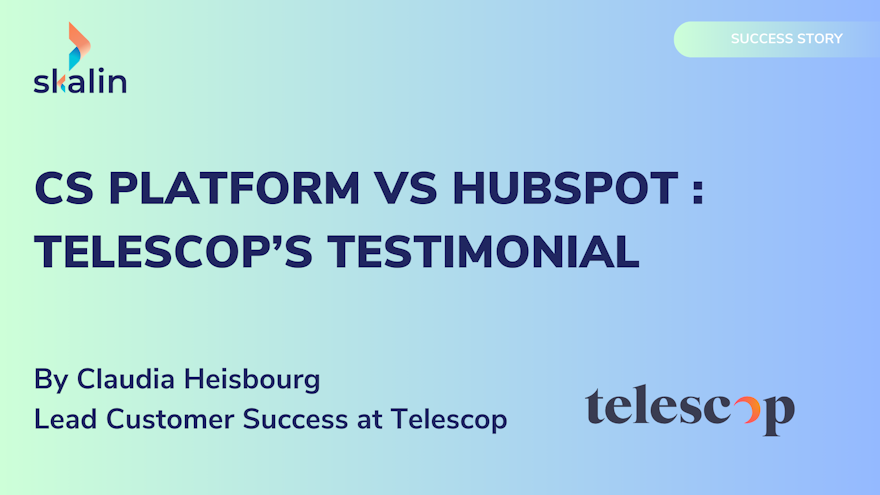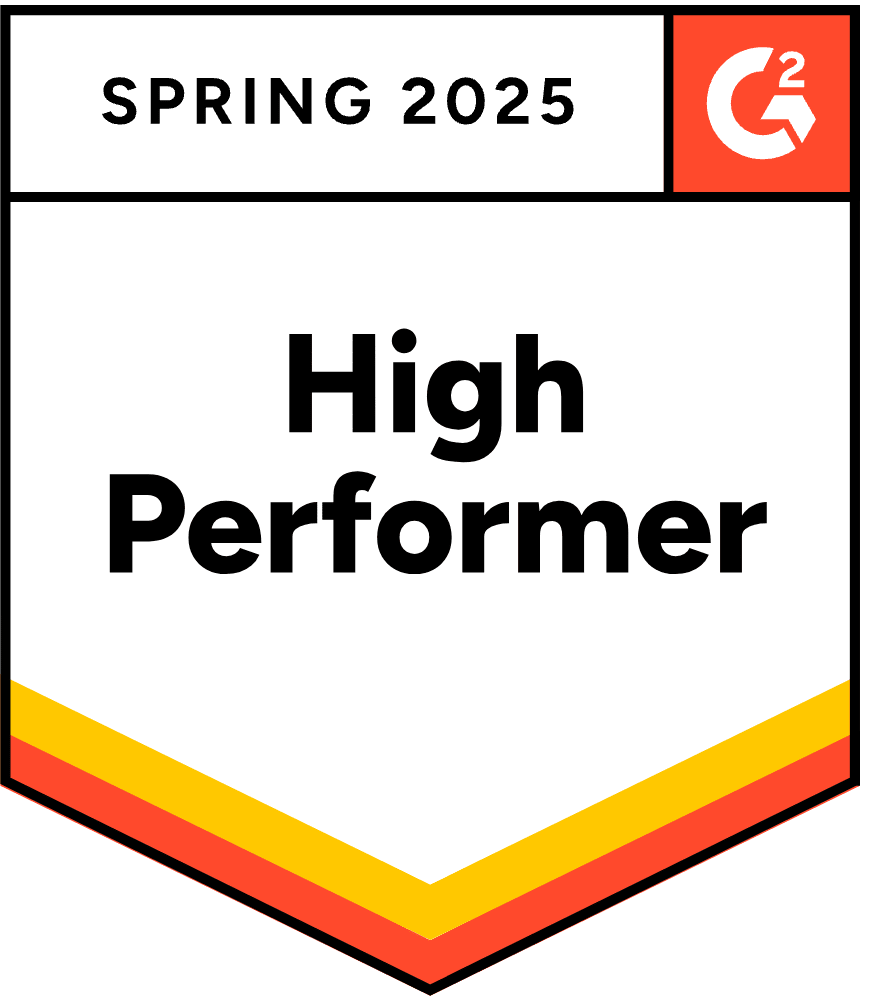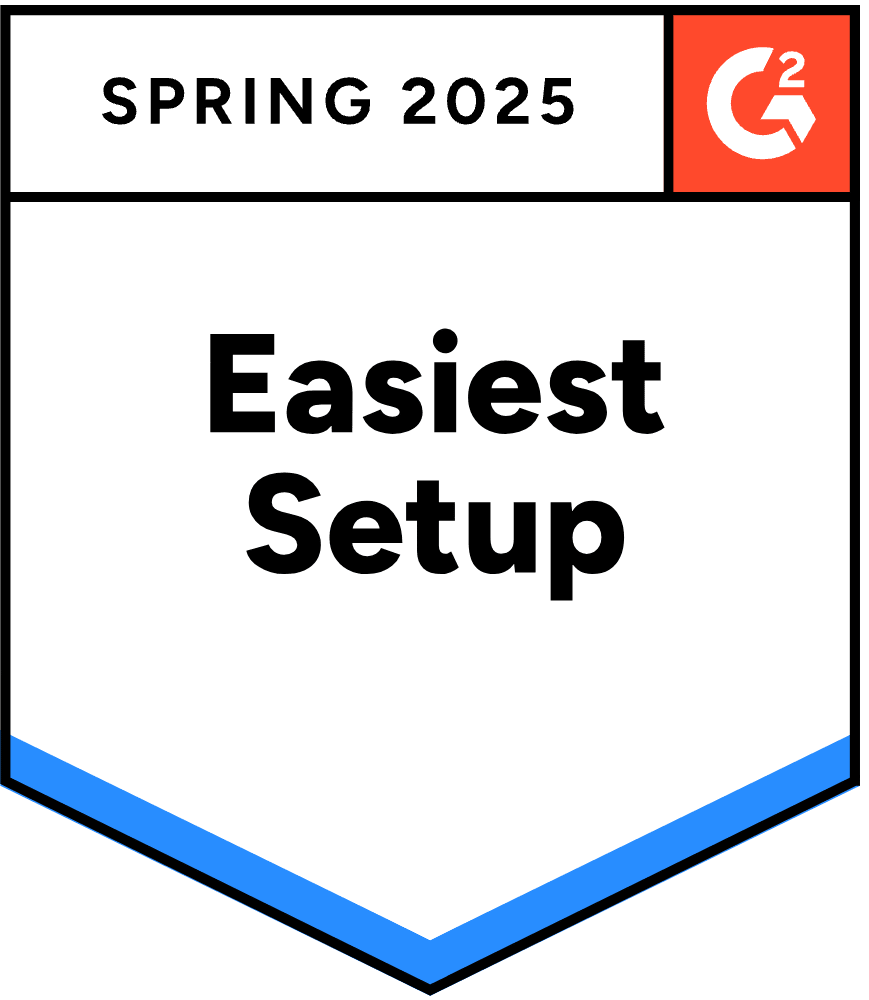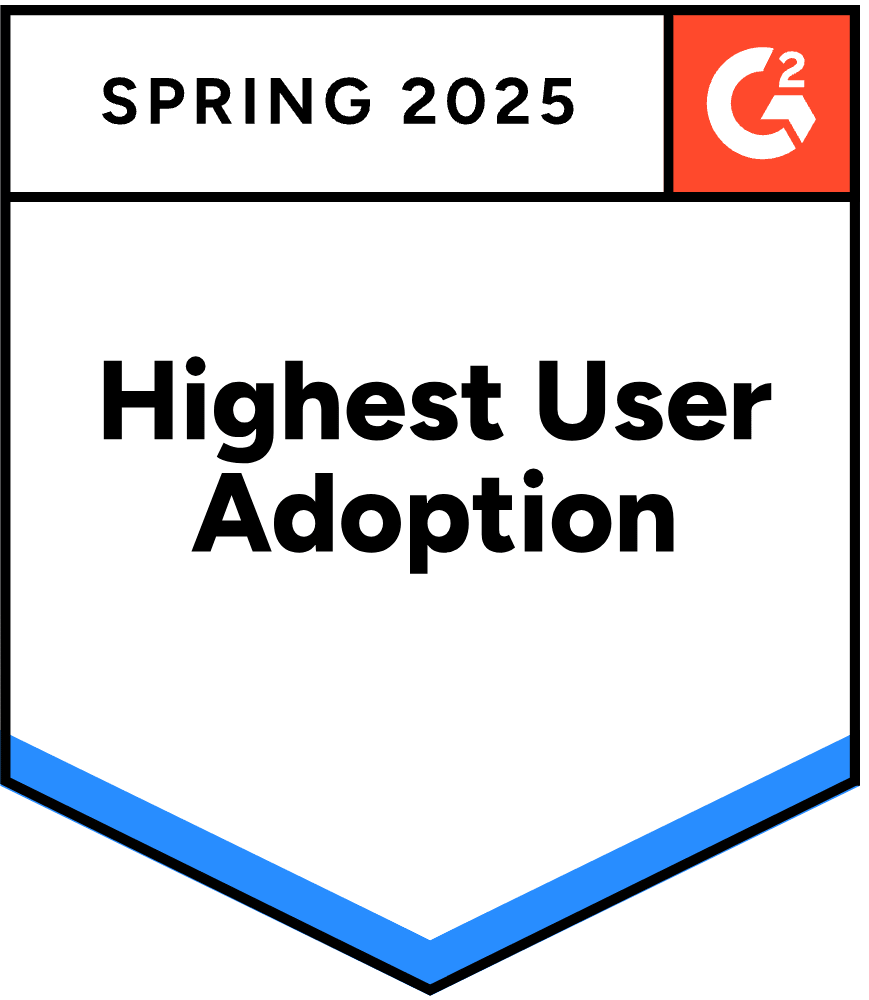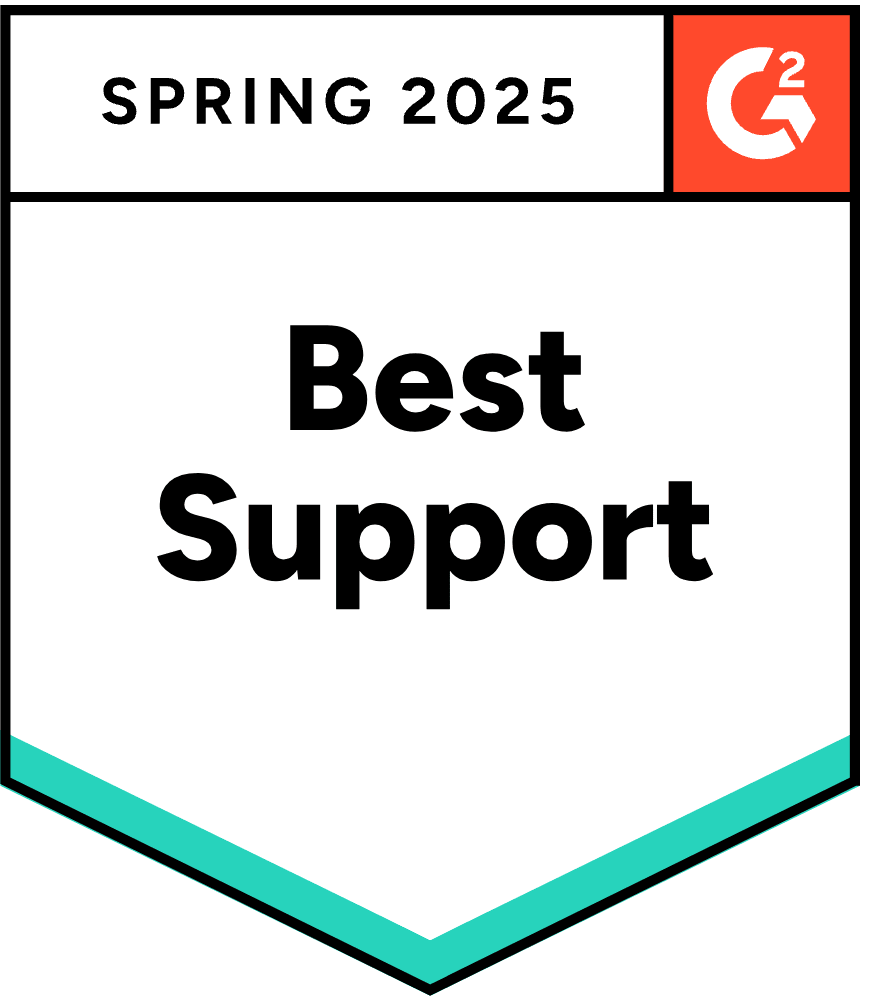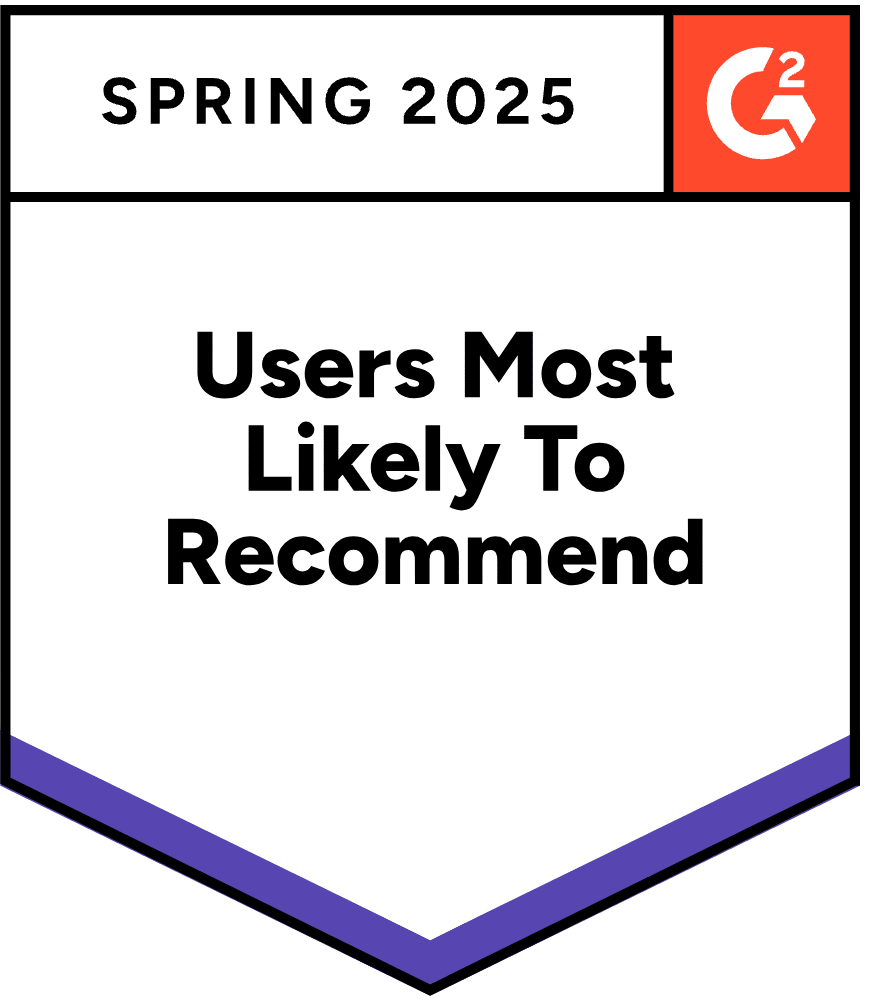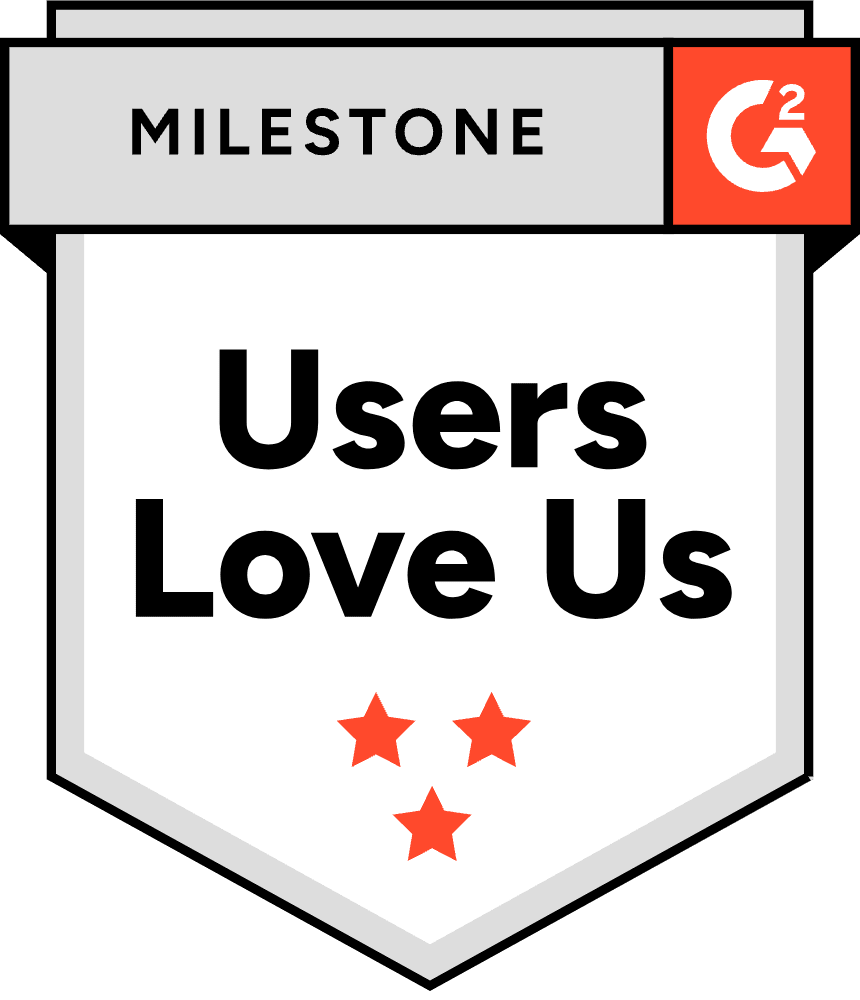HubSpot's introduction of its Customer Success Workspace demonstrates its ambition to evolve into a comprehensive platform for overseeing the entire customer journey, spanning from prospecting to post-sales support and follow-up. Despite its considerable power and user-friendly interface, traditional CRM systems present several constraints when it comes to ensuring customer success. Here, we share our firsthand observations and experiences.
Isn't a complete subscription to HubSpot appealing? It allows your Sales, Success, and Support teams to collaborate within a single platform, leveraging its automation features. In this article, Claudia Heisbourg from Telescop elucidates the benefits of using a CRM like HubSpot for ensuring Customer Success and offers insights on repurposing its existing functionalities for effective customer follow-up. Additionally, she delves into the limitations that led her to integrate Skalin CSP alongside HubSpot.
Could you introduce yourself and say a few words about Telescop ?
Since 2021, I've held the position of Customer Success Manager Team Lead. Telescop offers an interactive real estate prospecting map designed to empower real estate professionals in identifying opportunities and streamlining their search processes. Our clientele includes property developers, estate agents, brokers, and retailers.
How is your Customer Success team organised ?
I was the first Customer Success Manager, and now our team has grown to five members. Our CS team is dedicated to managing and supporting customers from the moment they sign their contract and throughout their entire journey with us.
Our responsibilities center around three primary areas:
Customer Onboarding: We provide thorough platform training to ensure our customers maximize its potential.
Follow-up and Retention: We maintain ongoing communication and support to nurture long-term relationships and ensure customer satisfaction.
Expansion: Our team actively seeks out new users and endeavors to expand contracts into additional geographical areas.
Additionally, while support isn't our primary focus at Telescop, it remains an integral part of our service.
With approximately 1,000 customers using our solution, each CSM oversees around 250 customers, resulting in substantial portfolios. Rather than segmenting based on account size, we tailor our approach according to each business's specific needs. This strategy allows each CSM to establish themselves as an expert on the customer's unique challenges and requirements.
What tools did you use prior to adopting Skalin ?
Before implementing Skalin, we relied on an internal back office system to handle the creation of customer accounts. We use HubSpot for account management and sales tracking, particularly for monitoring upsells. A notable example of our advanced usage of HubSpot is the creation of over 167 workflows within the CRM to date.
In addition to HubSpot, our software stack includes Chargebee for subscription management and invoicing, Snowflake for our Data Warehouse complemented by Holistics for Business Intelligence purposes. We also use Slack for communication, Notion as our internal wiki, and Modjo for enhancing the skills of our CS team, as well as for recording customer calls.
How did you use HubSpot for Customer Success ?
#1. Automated Customer Communications
Our first focus area was the automation of conventional communications, such as welcome emails and customer proposals. Initially, this automation was implemented to manage key account portfolios efficiently. However, despite its well-designed interface, the tool primarily caters to prospecting and sales, lacking robust features for Customer Success. Essentially, it's heavily geared towards lead generation.
The challenge arises from the need for precise and highly automated management, considering our extensive customer portfolios. While HubSpot offers some functionality in this regard, it still demands significant maintenance efforts.
Moreover, we encountered friction with communications from the sales team, who also use HubSpot. To mitigate this, I had to devise a workflow to prevent customers from inadvertently entering sales sequences. Consequently, the CS team ended up predominantly using the marketing tool solely for mass communications.
#2. Tracking the Customer Lifecycle in Kanban Mode
Initially, we operated with two distinct pipelines: one for customer management and another dedicated to upselling opportunities. The transaction-based upsell management system within HubSpot proved effective and was retained.
Subsequently, we implemented a ticketing pipeline to track customer onboarding and the entire lifecycle. Each ticket, representing a new customer, transitioned through various phases using a Kanban-style system. While ticketing facilitated automation, it presented a significant drawback: a lack of comprehensive insights into our customers.
With portfolios comprising 200 to 300 customers each, the Kanban system fell short in providing the precision, proactive monitoring, and holistic portfolio analysis we required. Instead, we found ourselves needing to individually inspect each account, consuming considerable time and effort.
#3. Task Creation via Workflows
Another aspect involved using workflows to automate the assignment of notifications or tasks to CSMs on a recurring basis, such as setting agendas. However, managing these workflows became cumbersome due to the array of different tools we employed. We found ourselves having to cross-reference multiple platforms: verifying customer activity in the internal back office, ensuring no outstanding payments in Chargebee, checking HubSpot for regular interactions, and so forth.
The ideal solution would consolidate all this information into a single platform, ideally our data warehouse. However, accessing this data would necessitate SQL queries, which posed a challenge given the junior level of expertise within my team.
#4. Crafting Tailored Customer Lists
Regarding the issue of subtle indicators, we implemented processes to generate lists of companies filtered based on specific criteria. However, this approach required integrating regular routines into our schedules for list processing and updates. Additionally, maintaining accuracy in these lists proved challenging, leading to gaps in information, particularly regarding product adoption.
In summary, this methodology often resulted in an overwhelming workload for managing large portfolios, leading to significant time wastage. Essentially, it turned CSMs into firefighters constantly addressing urgent matters, prioritizing responsiveness over the quality of customer follow-up.
Have you also attempted to create a health score in HubSpot ?
Yes, there are indeed new functionalities allowing for scoring. We were intrigued by this prospect as we believed it could facilitate the generation of health scores directly within HubSpot. However, we encountered a recurring issue: the absence of comprehensive data on product adoption hindered our progress.
Ultimately, we resorted to creating to-do lists. For each software product, we meticulously verified the completeness of the list and monitored client engagement trends. Using these observations, we assigned scores directly to a HubSpot property. These scores were based on predefined criteria such as adoption rates and recent interactions, supplemented by the subjective assessment of the CSM.
What were you unable to accomplish with HubSpot ?
Given my extensive familiarity with HubSpot, I was aware of its capabilities, which I often refer to as "workarounds." However, implementing these workarounds posed significant challenges in terms of maintenance and expertise. Indeed, the system's infrastructure proved inadequate for managing a customer base as extensive as ours.
The primary issue stemmed from the absence of a comprehensive 360-degree view of the customer, hindering our ability to optimise portfolio management. We lacked direct visibility into usage patterns. While this could have been addressed through development efforts, there was a concern about creating further complexity within the CRM, potentially exacerbating the existing challenges. Additionally, the absence of a robust health scoring mechanism further compounded these limitations.
Ultimately, these deficiencies constrained our ability to automate sequences effectively, particularly in areas such as product adoption tracking and managing non-payment instances.
What prompted the implementation of Skalin ?
This transition occurred in two phases. Due to the challenges outlined earlier, there was a pressing need to adopt a solution that would foster proactive approaches. This was essential not only for the company and our clients but also for the team's overall well-being. When trapped in a cycle of reactive firefighting, the path ahead becomes increasingly precarious.
My inclination was towards joining a CSP, and I soon encountered Skalin. We conducted a one-month trial in 2022, providing me with valuable insights into its functionality and convincing me of its efficacy. Unfortunately, at that time, our IT team opposed the idea, believing they could internally revamp our back office to address our requirements. Regrettably, this initiative never materialised due to time constraints.
Subsequently, during my maternity leave last year, the Sales Director assumed responsibility for managing the CS team, with the CEO offering support. However, they quickly realised the impracticality of the situation. Upon my return, they promptly instructed me to proceed with Skalin, emphasizing the urgency: "Reach out to them immediately!"
In your opinion, what are the main advantages of a Customer Success Platform compared to HubSpot ?
Presently, the primary advantages include:
Automation of Customer Journeys: The Playbooks integrated within Skalin surpass the capabilities of workflows in HubSpot. This superiority stems from triggers associated with product adoption. With access to more comprehensive data, we can develop Playbooks that leverage this information effectively.
Semi-Automatic Emailing: Unlike HubSpot, Skalin allows for semi-automatic emailing. Within our Playbooks, automated emails are scarce. Instead, most emails appear in our daily task lists, granting us the discretion to decide whether to send them to customers. This reintroduces the human touch into the automation process, enabling us to maintain control over our communications.
Health Score: Skalin's health score functionality proves immensely beneficial. While HubSpot's score was primarily based on adoption and interactions, it lacked granularity. With Skalin, we can tailor the scoring process to differentiate between customers. This personalised approach allows us to better gauge the health of each customer relationship.
Weren't you concerned that it would just be "another tool ?"
Initially, the challenge stemmed from fragmented tools rather than their abundance; we dealt with siloed systems. Today, with Skalin in place, seamless integration ensures that all software components communicate effectively. Any information added to Skalin seamlessly flows back into the CRM, facilitating accurate updates. Adding another tool didn't complicate management; instead, it streamlined processes.
Moreover, Skalin's intuitive and vibrant interface expedited the team's adoption process. A team member even exclaimed, "I love Skalin! It's made everything so much easier!"
It's worth noting that whether to disable CSM access to HubSpot depends on its usage. At Telescop, we rely on HubSpot for transaction management, upselling, and support. However, Skalin encompasses features like call logging, email tracking, and note-taking, minimising the necessity for separate support tools. Consequently, having dual accesses might not be essential.
What advice would you offer to someone looking to implement a CSP ?
If given the chance to start anew, I would undoubtedly implement Skalin sooner—it's the most straightforward solution. Delaying the transition only complicates the process, as untangling established systems becomes increasingly challenging over time. Reflecting on our transition from HubSpot to Skalin, we initially questioned how to migrate our existing setup. However, the enhanced visibility and improved efficiency brought about by Skalin transformed the team's workflow, prompting the realisation that we should have made the switch earlier.
My second piece of advice revolves around thorough process documentation. Given the multitude of workflows we create, we prioritise meticulous documentation. Leveraging tools like Whimsical, similar to Miro, we meticulously outline all automations, processes, and life cycles. This practice ensures that necessary changes can be implemented seamlessly, even in my absence, without disrupting ongoing operations.
